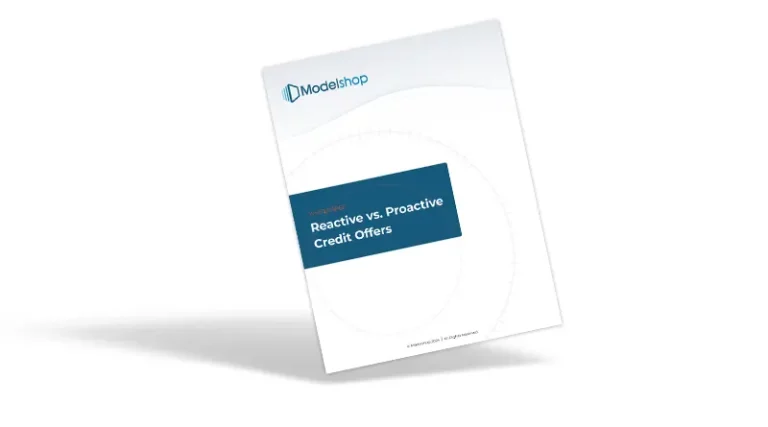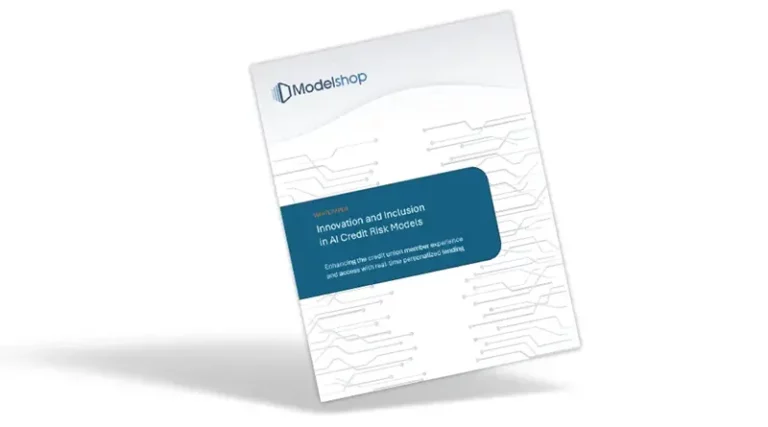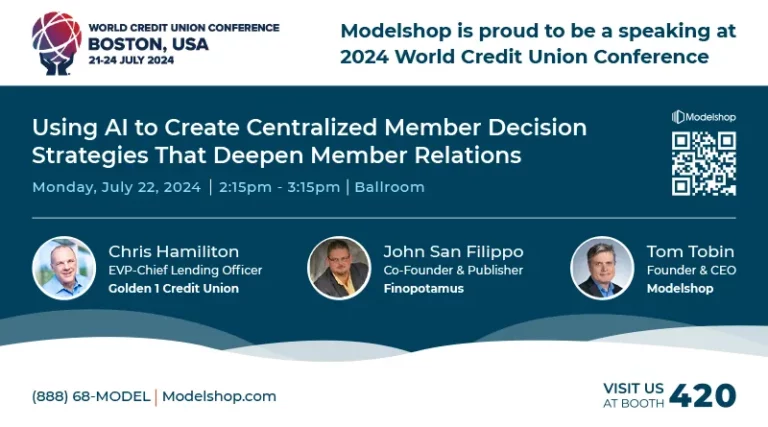
Reactive vs. Proactive Credit Offers, a White Paper Excerpt
Lending technology has come a long way in the last ten years. We’ve seen tools that automate underwriting, simplify applications, and use alternative data to refine credit scoring. It’s all

Lending technology has come a long way in the last ten years. We’ve seen tools that automate underwriting, simplify applications, and use alternative data to refine credit scoring. It’s all

Attendee Takeaways: The urgent need for credit unions to evolve how they make decisions How current AI scores can negatively impact the member experience The definition of decision optimization and

Credit Unions have to make smarter member decisions as their community moves to the digital-first world. Decision Optimization tools are here to help.

Enhancing the credit union member experience and access with real-time personalized lending Building upon the “people helping people” credit union philosophy, C-level decision-makers must continually rethink the member experience. Increasingly,

Here’s an insightful podcast featuring Tom Tobin, the founder and CEO of Modelshop, a pioneering FinTech company dedicated to using large language models to create software automation. Tom will share

Attendee Takeaways: The power of new alternative data How to start using AI modeling without coders or data scientists Key benefits such as better credit decisions, improve efficiency, personalize loan

For a decade, our clients have used our offer automation platform to provide personalized and risk-based financial products to their customers in real-time without having to rip or replace their existing tech-stack.